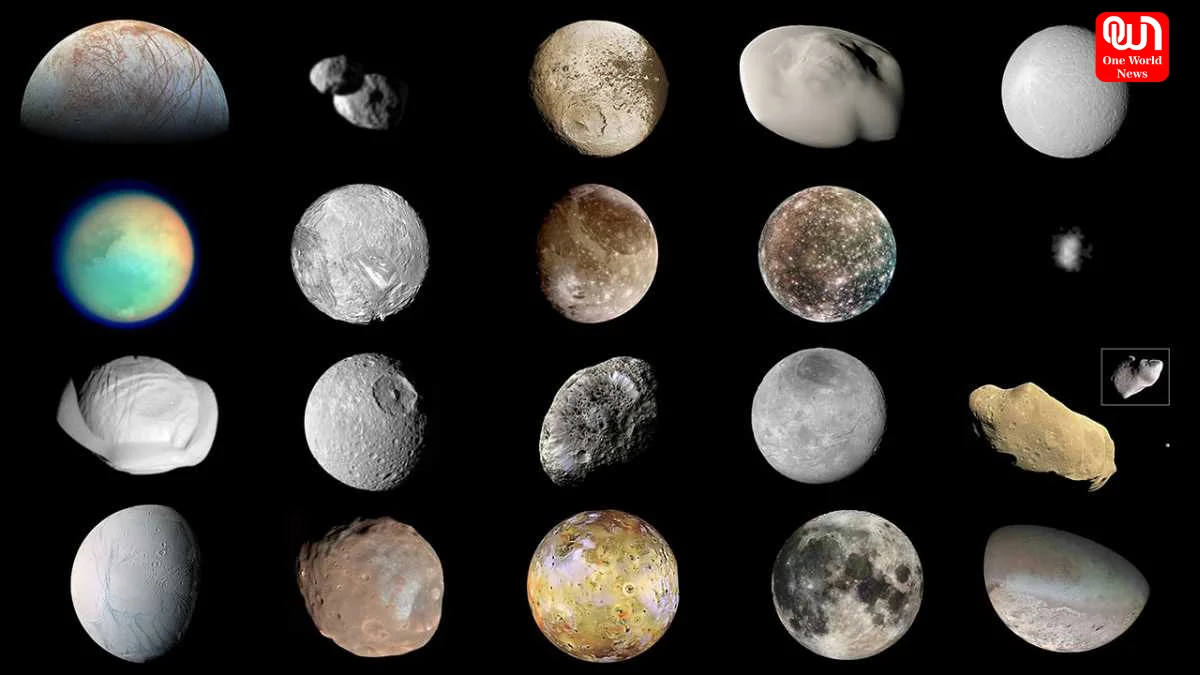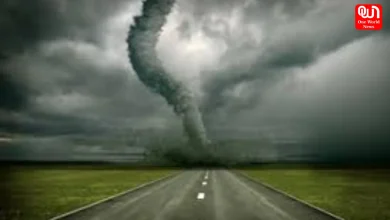The Bizarre Worlds Orbiting Planets: The Strangest Moons in Our Solar System
Explore the unique and strange moons in our solar system, from volcanic Io to icy Europa, and discover their mysteries and potential for life.
The Bizarre Worlds Orbiting Planets: Discovering the Strangest Moons in Our Solar System
Our solar system has an amazing diversity of moons, each one different from the others. Many are just simple rocky or icy spheres, but some moons defy expectations, boasting strange landscapes, peculiar behaviors, or even the possibility of life. Let’s explore some of the strangest moons orbiting the planets in our celestial neighborhood.
1. Io: The Volcanic Powerhouse
The giant fire and brimstone moon is Io-one of Jupiter’s biggest moons and volcanically one of the most energetic bodies of all in our solar system- featuring more than 400 currently active volcanoes. This extremeness is triggered through tidal heating caused by stretching and squeezing at Jupiter’s terrific gravitational pull with added influence through other moons- Europa and Ganymede.
Io’s surface consists of a patchwork of compounds, with an emphasis on sulfurous materials: this results in very vivid hues of yellow, orange, and red. It’s a very sulfur-fragranced place: volcanoes shooting 500 kilometres of plume up into the vacuum, ejection of SO2 into the cosmic airlock, constantly rearranging Io’s scenery so the whole surface must appear perpetually renewed.
2. Europa : Ocean World
Europa, another of Jupiter’s moons, is quite different from Io. Its smooth, icy surface is crisscrossed with dark streaks, which are fractures in the ice. Beneath this frozen crust lies a global subsurface ocean, containing more water than all of Earth’s oceans combined.
This moon of Jupiter is also fascinating in its potential for hosting life. Owing to the tidal flexing, which provides heat, it keeps the ocean liquid. Furthermore, hydrothermal vents on the ocean floor can create an environment that can host microbial life. NASA’s mission, the Europa Clipper, is designed to explore this very interesting moon more.
Read more: The Best Time to Eat Breakfast, Lunch, and Dinner for Weight Loss
3. Titan: Earth-like Moon
The largest moon of Saturn, Titan, is the one that has an uncanny resemblance to Earth. It has a dense atmosphere made up mostly of nitrogen, and its clouds and rain are methane and ethane. This makes rivers, lakes, and seas of liquid hydrocarbons on the surface of Titan.
The thick atmosphere and weather systems make Titan the only other place in the solar system with stable liquid on its surface. Its landscape features dunes, mountains, and potentially cryovolcanoes that spew icy water. Titan’s complex organic chemistry and Earth-like processes make it a prime candidate for studying prebiotic conditions and the potential for life.
4. Enceladus: The Geyser Moon
Enceladus is one of Saturn’s moons, a small icy world with a big secret. At its south pole, geysers erupt water vapor, ice particles, and organic compounds into space. The plumes are thought to originate from a subsurface ocean beneath the icy crust of Enceladus.
The presence of hydrogen in plumes indicates a hydrothermal interaction at the seafloor possibly providing the much-needed energy supply for life on Earth. One of the latest astrobiology focus targets is certainly Enceladus, whose fountains give one a glimpse through its hidden ocean.
5. Triton: The Captured Moon
Triton, Neptune’s largest moon, is unique in many ways. Unlike most moons, Triton orbits its planet in the opposite direction of Neptune’s rotation, a phenomenon known as a retrograde orbit. This suggests that Triton was likely captured by Neptune’s gravity rather than forming alongside the planet.
Triton’s surface is a combination of frozen nitrogen, water ice, and methane, with active geysers that spew nitrogen gas into space. Its cold, reflective surface and retrograde orbit make it one of the most mysterious moons in the solar system.
6. Miranda: The Patchwork Moon
Miranda, a small moon of Uranus, looks like it was haphazardly pieced together. It has giant canyons 20 kilometers deep and bizarre ridges and terraces. All these unique features suggest a history of intense geological activity, although Miranda is very small and low in internal heat.
Several researchers surmise that the strange patchy look of Miranda may be its evidence of possible impact and a subsequent reformation of the crust. The mystery persists regarding its uncommon surface.
read more: Honoring Guru Gobind Singh Jayanti 2025: A Celebration of Courage and Spiritual Legacy
7. Phobos and Deimos: The Inevitable Satellites
Mars’s small moons, Phobos and Deimos, are more like asteroids than typical moons. Phobos is spiraling slowly toward Mars and will either crash into the planet or break apart to create a ring within the next 50 million years. Both moons are probably captured asteroids, and their irregular shapes and cratered surfaces add to their mystique.
Conclusion
Moons around our solar system are as variable and intriguing as the planets. From volcanic violence in Io, to icy slumber of Europa, to mysteries of Enceladus and its plumes, these bodies open up a huge challenge in trying to understand how geology or chemistry should act in these outer reaches, along with opening further questions regarding how life may potentially exist outside the Earth. Indeed, with continuous exploration of such strange worlds, they could contain the secrets behind some of the universe’s ultimate mysteries.
We’re now on WhatsApp. Click to join.
Like this post?
Register at One World News to never miss out on videos, celeb interviews, and best reads.








